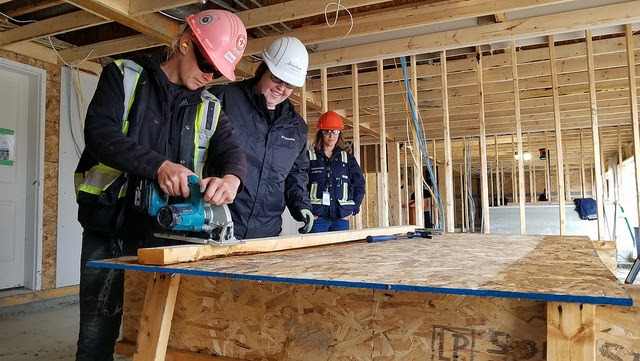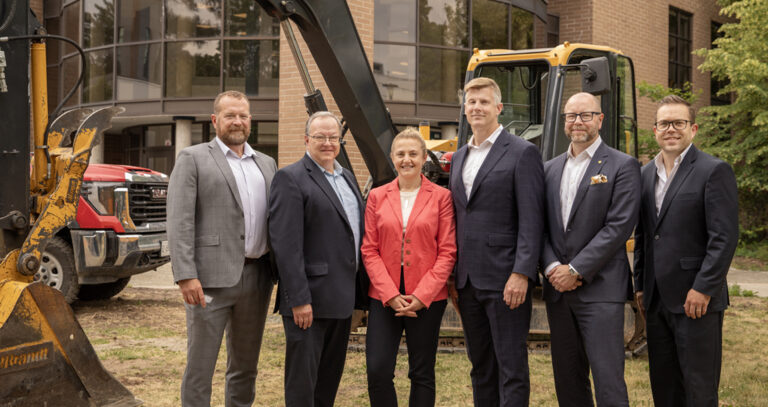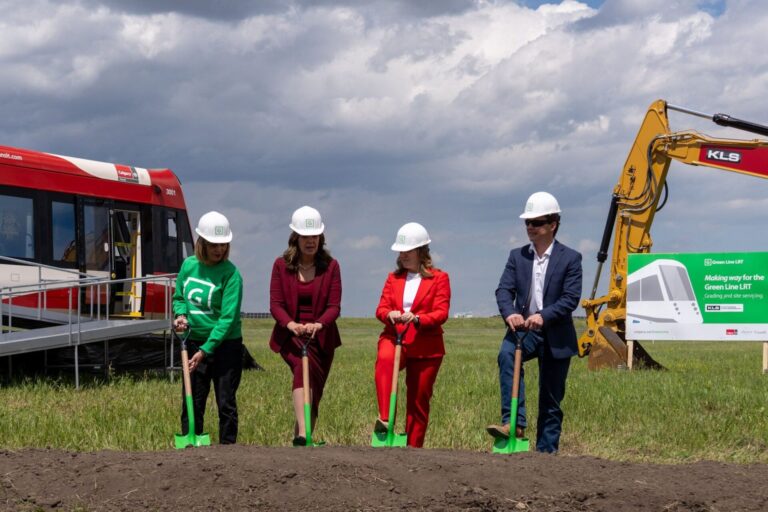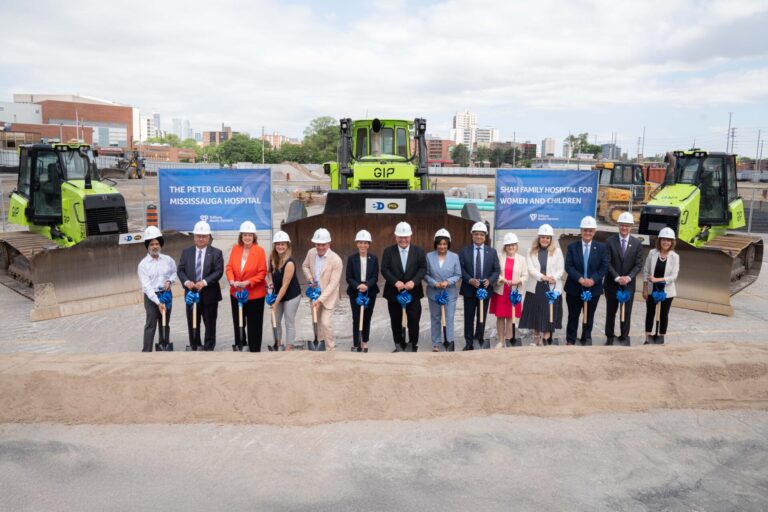For the first time in more than 40 years, Alberta’s Occupational Health and Safety (OHS) laws have been comprehensively reviewed and updated.
“After many months of consultation with employers, workers, labour and industry groups, I am proud to say our province’s workplace health and safety laws are now in line with the 21st century and will better protect Albertans at work,” said Christina Gray, Minister of Labour.
Starting today, workers have stronger protections and three new fundamental rights:
- The right to know potential hazards;
- The right to refuse dangerous work; and
- The right to participate in their health and safety.
Joint work site health and safety committees will be required for work sites with 20 or more workers, while worker health and safety representatives will be needed for work sites with five to 19 workers.
“BILD Alberta members are dedicated to improving workplace safety through the implementation of Bill 30, An Act to Protect the Health and Well-being of Working Albertans,” said Wendy Jabusch, board chair, Building Industry and Land Development (BILD) Alberta. “By enshrining the right to know, participate and refuse dangerous work, we believe that this legislation will serve to help protect workers. It is of critical importance to BILD Alberta that our members are working in a safe and informed manner, especially during the busy building months ahead.”
The changes are a culmination of comprehensive review and consultation with business, industry, and the public. Last fall, the government received more than 1,300 responses to an online survey and nearly 90 written submissions. Eight in-person roundtable discussions, with more than 200 stakeholders from across the province were also held to gather feedback.
Other changes to Alberta’s OHS laws now in effect include:
- Requiring all potentially serious or “near-miss” incidents to be reported to OHS;
- Creating an independent medical panel office so injured workers have access to an impartial, independent decision-making body to resolve medical issues that affect their right to compensation; and
- Ensuring employers define workplace harassment and violence and have prevention plans for each, including the requirement to investigate any complaints of harassment or violence.
In order to help workplaces transition, the government has provided resources and information, including sample harassment and violence plan templates. Webinars and online courses are also available at Alberta.ca.











